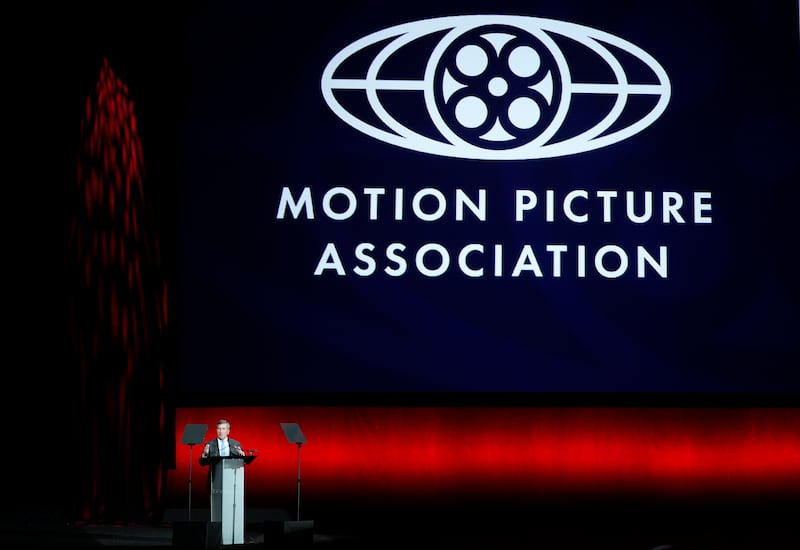In an uncharacteristically transparent move, the Motion Picture Association quietly pulled back the curtain on its movie-rating system, offering parents a clearer view of what content goes into each rating.
The Motion Picture Association created its rating system to provide parents and guardians with prior information about a film’s content to “help them determine whether a movie is suitable for their children” — but has disclosed limited details on how movies are assessed.
A new guide directed at parents, which the MPA softly launched online, reveals more specifics than ever on the criteria behind ratings. The updated guide breaks down every commonly used descriptor and provides more transparency on sensitive content such as sexual assault, drug use and depictions of guns.
Rating descriptors — such as violence, action, language, sex, nudity, drugs, smoking or theme — are all broken down into common qualifiers, where parents can find detailed explanations for what content each qualifier signals. For example, under “violence,” descriptions are provided on what “bloody,” “bloody images,” “strong,” “strong bloody” and others mean.
“I really like giving parents and families as much information as possible on media!” Sarah Coyne, a BYU professor who researches the effects of media on children and families, shared in a comment to the Deseret News. “We know from research that parents want more content information and I think this is a good move by the MPA.”
The updated guide answers how much violence, sex or action is too much for each rating (G, PG, PG-13, R, NC-17). A G-rated movie “generally does not contain violence,” and in an R-rated movie, “violence may be graphic in nature.”

The guide also answers questions like: What is the difference between brief language and mild language? And what is considered partial nudity? What about nude images? How much violence can be in a PG-rated movie? And what does “fantasy” action look like in a PG-rated movie?
“It’s the most information that they’ve ever given out,” Scott Young, a ratings consultant who was on the board for more than 30 years, told The New York Times. “If it helps one parent make a good decision, I don’t see any negatives.”
The first film rating system was introduced by the MPA in 1968 to provide guidance for parents on what content is in any given film. The MPA rating system has been updated a few times to meet the needs of evolving culture, but the last major change to the system was in 1990, when the NC-17 rating replaced the X rating.
Ratings are determined by a panel of parents — most of which are anonymous — who watch a screening of a movie and rate it “the way a majority of American parents from across the country would rate it,” according to former MPA Chair Joan Graves, per the MPA’s “50 years of film ratings” report.
The rating board is made of of eight to 13 raters at any given time, three of which are “senior raters.” All raters must have a child between the ages of 5 and 15 when they begin the job, and they must leave the role once their youngest child turns 21. Raters are selected to reflect the diversity of American parents and their opinions.
A 2022 survey of 1,500 parents found that 91% of parents find movie ratings helpful and 84% of parents find movie ratings accurate.

